The National Renewable Energy Laboratory (NREL) has estimated that five reservoirs in Puerto Rico could host 596 MW of floating solar, although the costs would be about 25% higher than for ground-mounted solar. NREL published its analysis in a report and a technical annex.
The analysis grew out of a concern, NREL said, that “Puerto Rico’s commitment to achieving 100% clean energy by 2050 will require identification of suitable sites for new generation projects.”
An additional 190 MW of “economically viable” solar projects are possible across seven sites designated as “Superfund” sites by the U.S. Environmental Protection Agency (EPA), the study found. For six of the sites, analysts assessed “how much grant money is needed” to meet economic targets for solar projects under municipality-owned and third-party owned models.

In comparison to those estimates, both in the hundreds of megawatts, Puerto Rico has the potential for tens of gigawatts of both rooftop and large-scale ground-mounted solar, according to NREL’s “PR 100” summary report published early this year.
Across all residential buildings, Puerto Rico has the “technical potential” for 20.4 GW-dc of rooftop solar, that report estimated. A technical potential analysis does not consider the financial viability of projects. The U.S. territory reached 680 MW of rooftop solar last October.
Puerto Rico’s technical potential for utility-scale solar ranges from 14.2 GW under a “less land” scenario to 44.7 GW under a “more land” scenario, the PR 100 summary report said.
In both scenarios, modeled development of utility-scale solar was “restricted from” roadways, water bodies, protected habitats, flood risk areas, slopes greater than 10%, and agricultural reserves. But in the “less land” scenario, solar was also restricted from areas identified for agricultural use in the Puerto Rico Planning Board’s 2015 Land Use Plan.
NREL’s new analysis also estimated technical potential for 1–2.5 GW of solar across 160 contaminated sites, a total of 636 MW of floating solar on 55 water bodies, 213 MW of solar on 41 closed landfills, 78 MW of solar at two fossil generating plants once they are closed, and 21–50 MW of solar on transmission line rights-of-way.
The new NREL analysis adapted a methodology from an EPA decision tree tool titled “RE-Powering America’s Land Initiative.”
This content is protected by copyright and may not be reused. If you want to cooperate with us and would like to reuse some of our content, please contact: editors@pv-magazine.com.

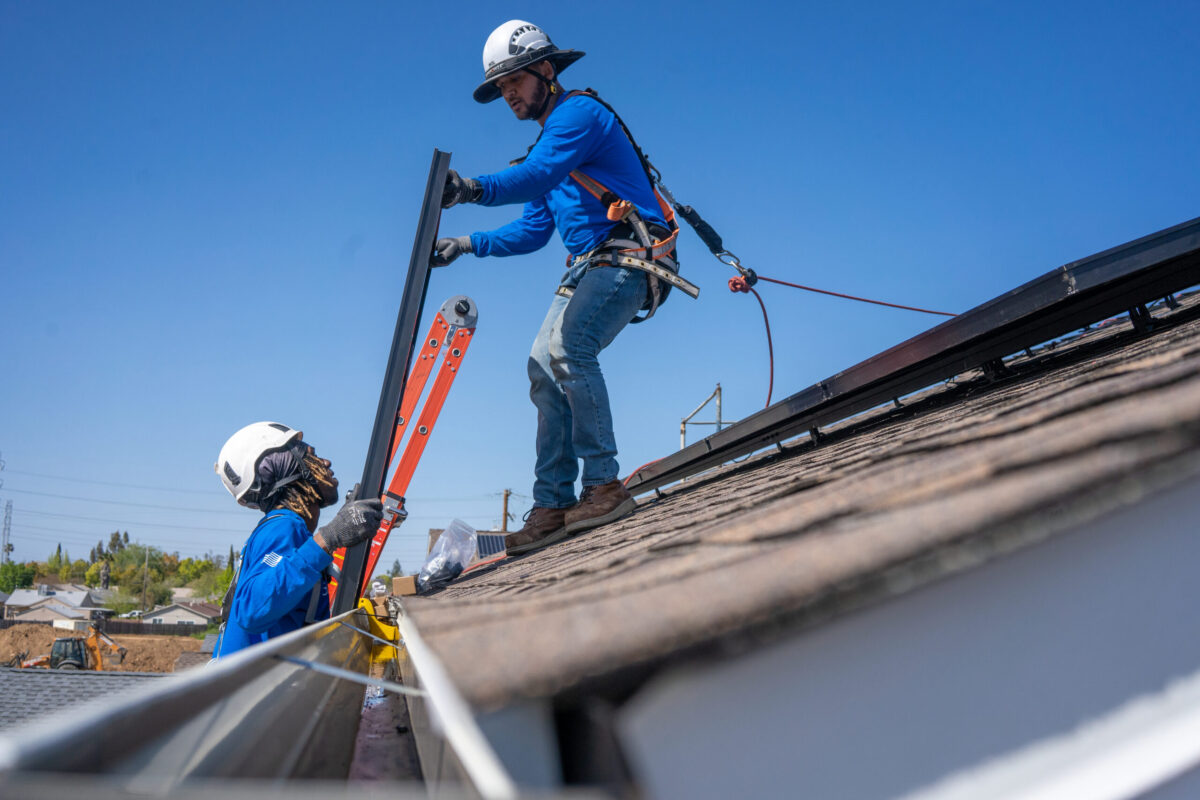

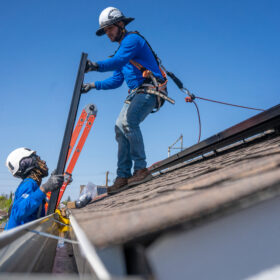

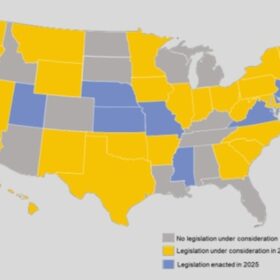
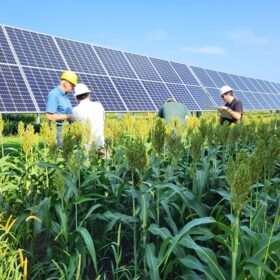
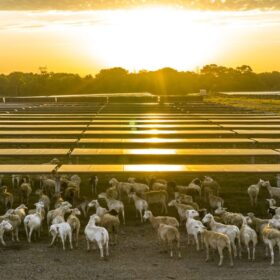
By submitting this form you agree to pv magazine using your data for the purposes of publishing your comment.
Your personal data will only be disclosed or otherwise transmitted to third parties for the purposes of spam filtering or if this is necessary for technical maintenance of the website. Any other transfer to third parties will not take place unless this is justified on the basis of applicable data protection regulations or if pv magazine is legally obliged to do so.
You may revoke this consent at any time with effect for the future, in which case your personal data will be deleted immediately. Otherwise, your data will be deleted if pv magazine has processed your request or the purpose of data storage is fulfilled.
Further information on data privacy can be found in our Data Protection Policy.